How Much Does a Kitchen Renovation Cost?
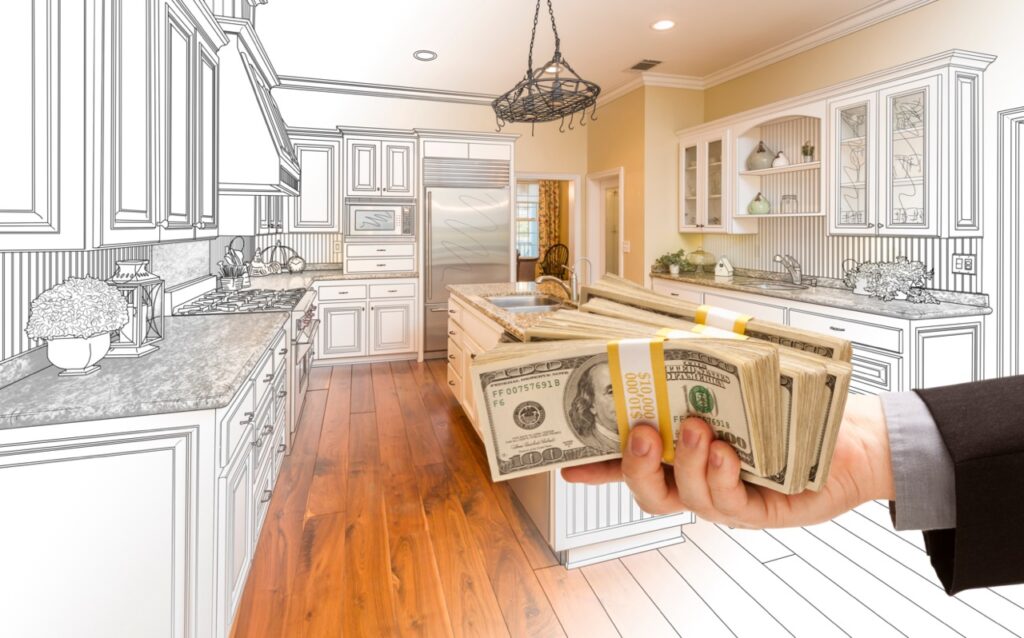
Investing money into your home can serve many purposes. Not only can you take advantage of your home while you’re living in it, but you can simultaneously enhance your resale value for any future sales or renting opportunities. But, if you’re like most Americans, coming up with the case for a kitchen renovation can be stressful. With proper planning, time, and some diligence, your dream kitchen can become a reality. Sinkology knows that your hard-earned money is important to you, and spending it on what you really want is a great reward for your efforts. This guide will walk you through the various aspects of the costs of a kitchen renovation.
In the United States, kitchens can vary from tiny corners of New York City studio apartments to sprawling masterpieces in Texas estates. The range of costs will vary based on an exceptional number of factors, which is why it can feel like a black box to many homeowners. Luckily, there’s enough information to pull together some averages of what a typical single-family home kitchen renovation costs on average for minor, mid-range, and high-end renovation projects.
- Minor Kitchen Renovation: A minor renovation typically includes cosmetic updates like painting, refacing cabinets, replacing countertops, upgrading appliances, and installing new flooring. The cost for a minor kitchen renovation can range from $10,000 to $25,000.
- Mid-Range Kitchen Renovation: A mid-range renovation involves more substantial changes, such as replacing cabinets, countertops, and appliances, updating lighting fixtures, adding a backsplash, and potentially reconfiguring the layout. The cost for a mid-range kitchen renovation can range from $25,000 to $50,000.
- High-End Kitchen Renovation: A high-end renovation entails custom features, high-quality materials, luxury appliances, premium cabinetry, intricate tile work, and potentially expanding the kitchen space. The cost for a high-end kitchen renovation can range from $50,000 to $100,000 or more.
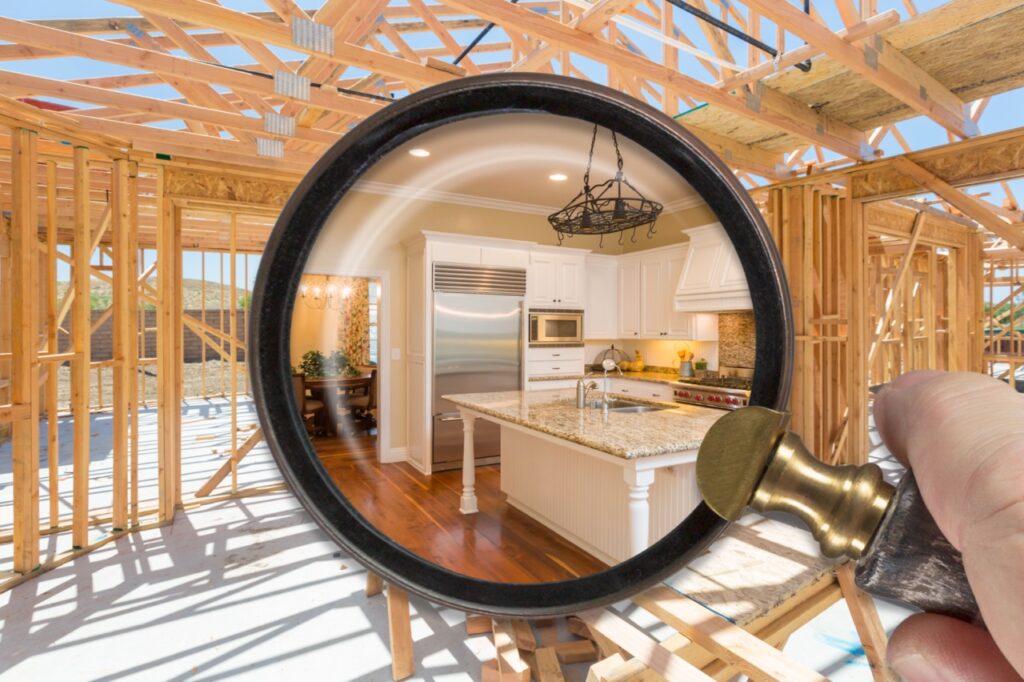
When determining the cost of a kitchen renovation, we recommend keeping in mind the following factors:
- Kitchen Size and Layout: No surprise here. The size of the kitchen and its layout will impact the overall cost. A larger kitchen will generally require more materials and labor, leading to higher costs. Additionally, if the layout needs to be reconfigured, it may involve additional plumbing, electrical, and structural work, which can increase the expenses.
- Scope of the Renovation: The extent of the renovation will significantly influence the cost. Consider whether you’re planning a minor cosmetic update, a mid-range renovation, or a high-end remodel. Determine the specific changes you want to make, such as replacing cabinets, countertops, appliances, flooring, lighting, or adding custom features like an island or pantry.
- Materials and Finishes: The quality and type of materials and finishes you choose for your kitchen renovation will affect the cost. High-end materials, such as solid wood cabinets, granite or quartz countertops, and premium appliances, will be more expensive than budget-friendly options. Consider the durability, aesthetics, and long-term value when selecting materials.
- Appliances and Fixtures: The cost of new appliances and fixtures can vary greatly. Higher-end, energy-efficient appliances or designer fixtures will generally come with a higher price tag. Determine the level of functionality and features you desire and budget accordingly.
- Labor and Professional Services: The cost of labor will depend on factors like the complexity of the renovation, the local labor market, and the experience of the contractors. Hiring professionals for plumbing, electrical, and other specialized services will add to the overall cost. Obtain multiple quotes and research reputable contractors to ensure quality work within your budget.
- Permits and Regulations: Depending on your location, you may need to obtain permits for certain renovations. The cost of permits and any necessary inspections should be considered.
- Contingency Budget: It’s wise to set aside a contingency budget of around 10-20% of the total renovation cost. This will help cover any unexpected expenses or changes that may arise during the project.
By considering these factors and creating a detailed plan for your kitchen renovation, you can develop a more accurate cost estimate and ensure that you stay within your budget while achieving your desired outcomes.
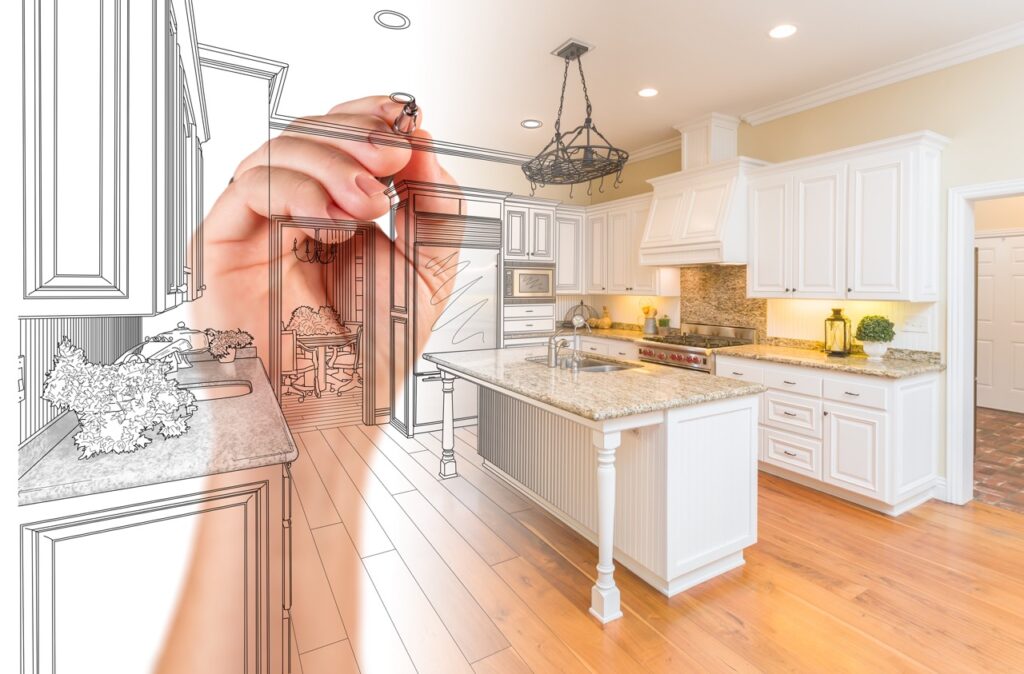
Costs add up quickly—but some decisions impact your bottom line more than others. The most expensive part of a kitchen renovation can vary depending on the specific project and individual preferences. However, there are a few areas that commonly contribute to the higher costs of kitchen renovations:
- Cabinetry: The cost of kitchen cabinets can be a significant portion of the overall budget. Custom-built or semi-custom cabinets made from high-quality materials and finishes tend to be more expensive than stock cabinets. Additionally, if the layout requires extensive cabinetry or if you opt for specialized features like soft-close drawers or pull-out shelves, the cost can increase further.
- Countertops: High-quality countertops, such as granite, quartz, or marble, can significantly impact the overall cost of a kitchen renovation. These materials are durable, visually appealing, and can be quite expensive, especially for larger kitchen areas. The cost will depend on the size of the countertops, the material chosen, and any additional features like edge profiles or backsplashes.
- Appliances: Upgrading or replacing kitchen appliances can also contribute to the overall expenses. High-end, energy-efficient appliances from reputable brands tend to be pricier but offer advanced features and longevity. The number and type of appliances you choose, such as refrigerators, stoves, dishwashers, and range hoods, will impact the overall cost.
- Flooring: The choice of flooring material and the size of the kitchen can affect the cost. High-quality materials like hardwood, natural stone, or porcelain tiles tend to have higher price points. The size and complexity of the kitchen floor area, as well as any additional preparation or leveling work required, can also influence the overall cost.
- Plumbing and Electrical Work: If your kitchen renovation involves relocating plumbing or electrical fixtures, the cost can increase due to the need for professional services and potential modifications to the existing infrastructure. This includes tasks like moving sink plumbing, installing new lighting fixtures, or rewiring outlets to accommodate the new layout and appliances.
It’s important to note that these cost factors can vary based on personal choices, market prices, and location. Working with a reputable contractor or designer can help you make informed decisions about where to allocate your budget based on your priorities and goals for the kitchen renovation.
The good news is that for all of the costlier aspects of a kitchen renovation listen above, there are plenty of updates that are much less expensive and can bring the same kind of desired effect and impact to your kitchen. The least expensive parts of a kitchen renovation are typically the ones that involve more cosmetic changes and do not require extensive modifications or major purchases. Here are some areas of a kitchen renovation that can be more budget-friendly:
- Paint and Wall Treatment: Giving your kitchen walls a fresh coat of paint or adding a new wallpaper can significantly transform the space at a relatively low cost. This is a simple DIY project that can be done within a reasonable budget.
- Cabinet Refacing: Instead of replacing the entire cabinetry, cabinet refacing offers a cost-effective alternative. By replacing the cabinet doors, drawer fronts, and hardware while keeping the existing cabinet boxes, you can achieve a new look without the expense of complete cabinet replacement.
- Hardware and Accessories: Swapping out the knobs, handles, and other hardware on your cabinets and drawers can provide an updated appearance at a relatively low cost. Additionally, adding or replacing accessories like light fixtures, faucets, and sink accessories can freshen up the space without breaking the bank.
- Backsplash: Installing a new backsplash can be an affordable way to add style and visual interest to your kitchen. There are various options available, including ceramic or porcelain tiles, peel-and-stick backsplash sheets, or even paint. With a bit of research and DIY effort, you can achieve an attractive backsplash on a budget.
- Lighting: Updating the lighting fixtures in your kitchen can make a significant impact on the overall look and functionality. Consider replacing outdated or inefficient fixtures with energy-efficient LED lights or installing under-cabinet lighting to enhance the workspace. With a wide range of options available, you can find affordable lighting solutions that suit your needs.
- Window Treatments: Adding or updating window treatments, such as curtains, blinds, or shades, can enhance the aesthetics of your kitchen without a significant expense. Choose options that complement the overall design and provide the desired level of privacy and light control.
By focusing on these more budget-friendly aspects of a kitchen renovation, homeowners can achieve a refreshed look and feel without a major financial investment. It’s important to note that costs can vary based on individual choices, quality of materials, and labor charges, so it’s always recommended to research and obtain quotes from local suppliers or contractors for accurate pricing information.
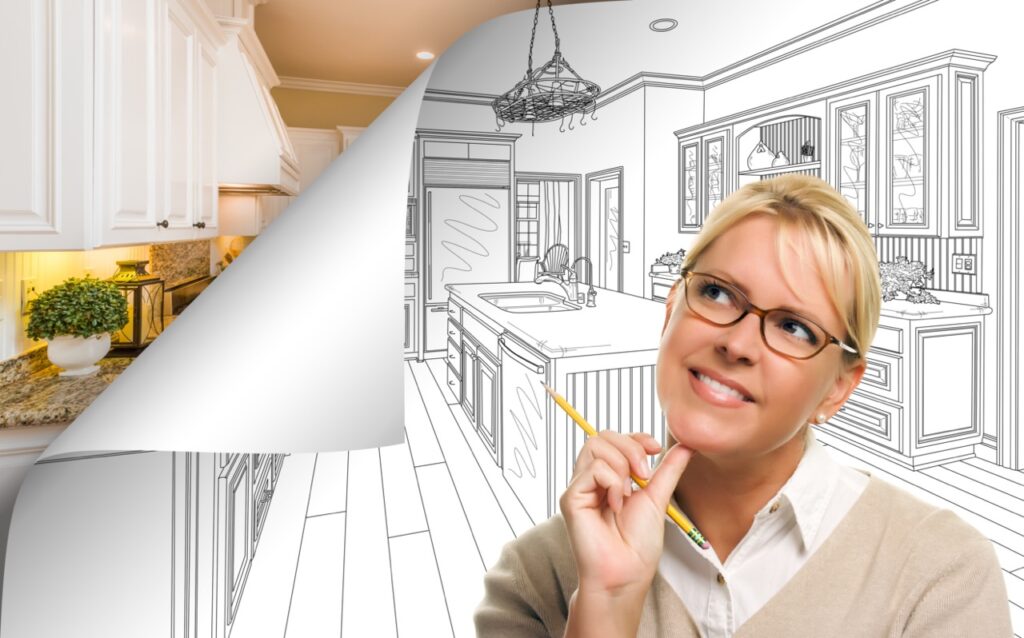
During a kitchen renovation, there are several unexpected costs that can arise and impact your budget. It’s important to be aware of these potential expenses to avoid any surprises. Here are some common unexpected costs that homeowners may encounter during a kitchen renovation:
- Structural Issues: When undergoing a kitchen renovation, hidden structural issues may be uncovered. For example, you may discover water damage, rot, or pest infestations that need to be addressed before proceeding with the renovation. Repairing or reinforcing the underlying structure can add unexpected costs to the project.
- Plumbing and Electrical Updates: If your kitchen renovation involves relocating plumbing or electrical fixtures, additional work may be needed to meet building codes or accommodate the new layout. This can involve rewiring, installing new plumbing lines, or upgrading electrical panels, which can increase the overall cost.
- Mold or Asbestos Remediation: In older homes, the presence of mold or asbestos may be discovered during the renovation process. Remediation of these hazardous materials is essential for safety but can add significant expenses to the project.
- Unforeseen Design Changes: As the renovation progresses, you may decide to make design changes or upgrades that were not initially planned. This could include choosing more expensive materials, adding custom features, or altering the layout. These changes can increase costs beyond the original budget.
- Delivery and Installation Charges: When ordering new appliances, cabinets, or other large items, delivery and installation charges may not always be included in the initial price. These additional fees should be considered when budgeting for the project.
- Temporary Living Arrangements: In some cases, extensive kitchen renovations may require homeowners to temporarily relocate. The cost of alternative accommodations, such as renting a temporary residence or eating out more frequently, should be taken into account.
To mitigate the impact of unexpected costs, it’s important to have a contingency budget of around 10-20% of the total renovation cost. This buffer will help cover unforeseen expenses and provide flexibility during the renovation process. Additionally, working with reputable contractors, conducting thorough inspections before starting the renovation, and properly planning the project can help minimize the likelihood of unexpected costs.
Not every homeowner’s financial situation is the same. From tapping into savings to borrowing against your home to leveraging your credit, there are there are several ways you can finance a kitchen renovation. Here are some common options to consider for your own project:
- Personal Savings: If you have sufficient savings, you can use your own funds to finance the renovation. This is the simplest and most cost-effective method since you won’t incur interest charges or fees.
- Home Equity Loan: A home equity loan allows you to borrow against the equity you have built in your home. It typically provides a lump sum with a fixed interest rate and a predetermined repayment period. The loan is secured by your home, and the interest may be tax-deductible in some cases.
- Home Equity Line of Credit (HELOC): A HELOC is another form of borrowing against your home’s equity. It provides a revolving line of credit that you can access as needed. You only pay interest on the amount you withdraw, and the interest rates may be variable.
- Cash-Out Refinance: With a cash-out refinance, you can refinance your existing mortgage for a higher amount than you currently owe and receive the difference in cash. This allows you to tap into your home’s equity and use it for the renovation. Keep in mind that this increases your mortgage balance and may involve closing costs.
- Personal Loans: Personal loans are unsecured loans that you can obtain from banks, credit unions, or online lenders. The interest rates and repayment terms may vary depending on your creditworthiness. Personal loans don’t require collateral, but they may have higher interest rates compared to secured loans.
- Credit Cards: Using credit cards can be an option for smaller kitchen renovations. If you have a card with a low-interest rate or a promotional 0% APR offer, it can be a convenient way to finance the project. However, be mindful of high interest rates and ensure you have a plan to repay the balance promptly.
- Contractor Financing: Some contractors or kitchen remodeling companies offer financing options to their customers. These programs may come with promotional interest rates or flexible repayment terms. Be sure to read the terms and compare them with other financing options to ensure you’re getting the best deal.
Before choosing a financing option, consider factors such as interest rates, fees, repayment terms, your creditworthiness, and the overall cost of borrowing. It’s a good idea to consult with a financial advisor or loan officer who can provide personalized advice based on your specific situation.
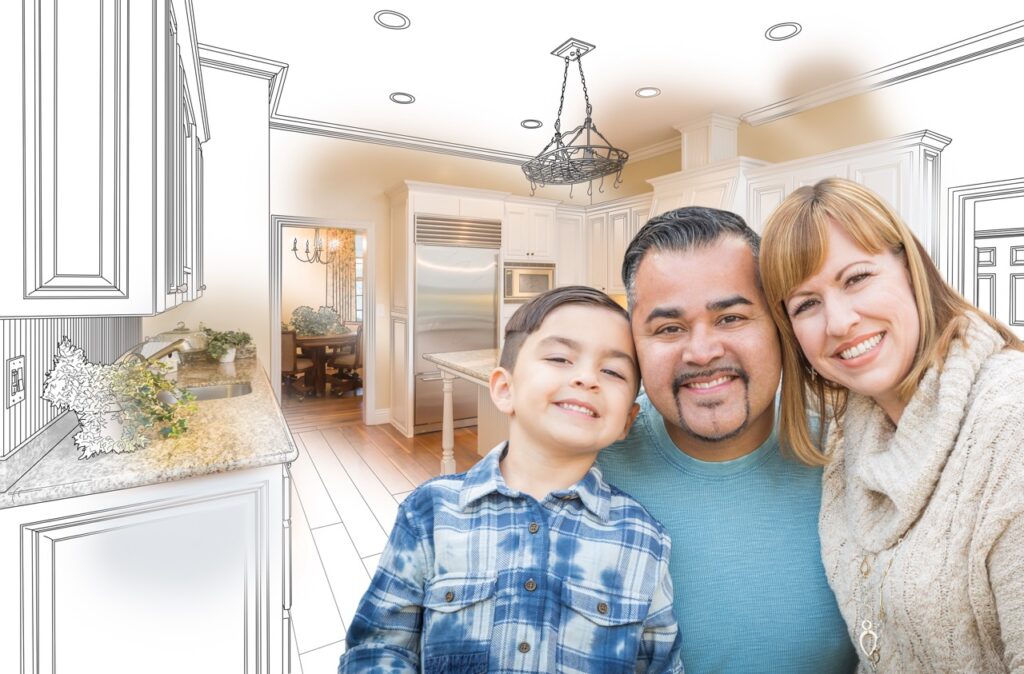
Now comes the fun part! Begin designing your renovated kitchen so you can begin to create a realistic budget for your project. Interview contractors, sample materials, and talk to friends, family, and community members that you trust for references for any professional work that you will need done. DIYer? Great. Start sketching out your timeline and goals for your project, and refer to Sinkology’s Guide to Kitchen Renovations for more help on what to do next in your kitchen renovation project.
___________________________________________________________________
If you have any additional questions during your search for the perfect copper, fireclay farmhouse sink or crafted stainless steel sink, our Sinkologists are here to help. Contact us or follow us on Facebook, Houzz, Pinterest, Instagram, or TikTok for more helpful tips and design ideas.